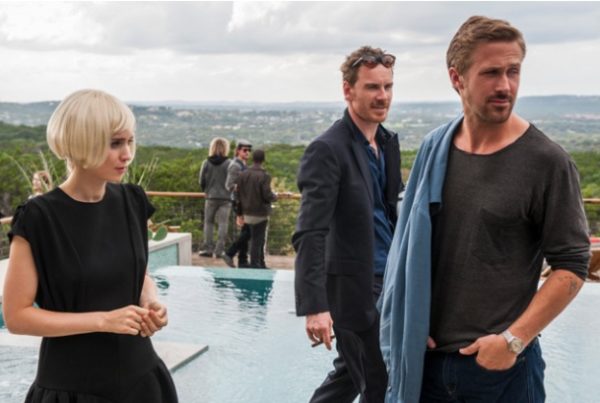Dallas is known for many things, but the Dallas Museum of Art is not often compared to world-class museums like the Louvre or the Museum of Modern Art (MoMA). Yet this past summer, the Texas museum landed a new director who has led some of Latin America’s finest museums.
Dr. Agustín Arteaga’s appointment as the first Latino director of the Dallas Museum of Art signals that the museum wants to be seen as an international institution, and one with a focus on Latin America. Prior to his move to Dallas Arteaga was the director of the National Museum of Art in Mexico City.
On March 12, an exhibition he curated and helped bring to Dallas – “México 1900–1950: Diego Rivera, Frida Kahlo, José Clemente Orozco, and the Avant-Garde” – will make its U.S. debut. Dallas will be the exhibit’s only U.S. stop.
The exhibition previously appeared at the Grand Palais in Paris, where it drew more than 230,000 visitors.
“It’s really perhaps the only one time when all of these great masterworks of Mexican modernism have been gathered in one show,” Arteaga says. “We felt that it was an opportunity to make these great works accessible to everyone in Texas.”
The exhibition includes seven murals two of which come from the Dallas Museum of Art’s own collection.
Arteaga says that Frida Kahlo and Diego Rivera are revered by audiences around the globe in part because they had lives that were “absolutely fantastic.”
“In the case of Frida Kahlo you see a woman who is totally independent living in a world of men where she has to fight to have a space out of the shadow of this big monster, [her husband] Diego Rivera,” he says. “When I refer to [Rivera] like that, I want to say that he was one of the most important artists of the time.”
Rivera was the second artist ever to have a one-man show, or monographic exhibition, at the MoMA.
Arteaga said that Dallas’ diversity was one thing that attracted him to the director position.
“Dallas is an extraordinary city with fantastic cultural infrastructure,” he says. “It’s very diverse – people from all over the world, from all over the United States are moving here, and the city changes minute by minute.”
Arteaga has embraced this diversity and one of the first changes he made at the museum was to make all of the description plaques and gallery signs in English and Spanish. He hopes to eventually add Arabic to the signs to make the museum a trilingual institution.
“I’m not only committed to Latinos, I’m committed to every single inhabitant of Dallas and Texas. We have to understand that the world has to have different ways to communicate with everyone,” he says. “The fact that we live in a city where 42 percent of the population is of Hispanic origin, it’s really meaningful so we can connect with them. It’s one step in re-activating the dialogue of our museum with its audiences.”
“México 1900-1950” runs through July 16 at the Dallas Museum of Art.














